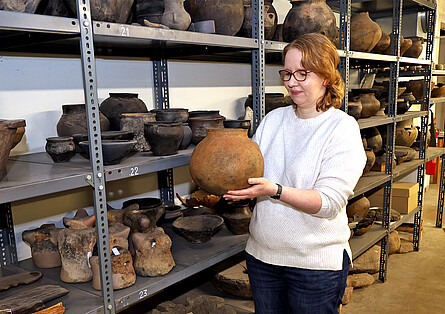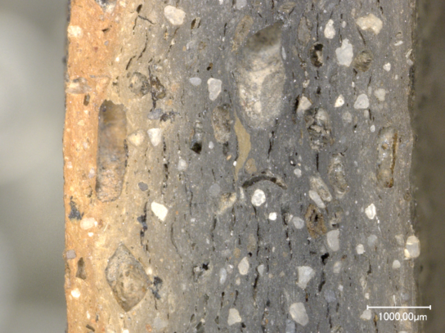

The German Research Foundation approves funding for research into early medieval shell-tempered ceramics!
Between the 8th and 10th centuries, the pottery inventories of settlements in the southern North Sea coastal area are characterized to a considerable extent by the appearance of shell-tempered pottery. Crushed shell fragments that were added to the clay as a tempering agent characterize this pottery. As a result of dissolution processes in the ground, there are now often only small cavities in the clay, so that the vessels have a typical porous surface.
It is of particular interest that shell-tempered pottery also occur at important trading sites in the North and Baltic Sea regions, which are located outside the main distribution area of the pottery. In general, this is associated with the presence of Frisian traders, who carried these vessels for their own consumption on their travels.
To what extent this assumption is true will be one of the questions in a new project on shell-tempered pottery that has currently been approved by the German Research Foundation. For the first time, extensive investigations on the raw materials and their technological processing will be carried out based on natural-scientific methods. These analyses, carried out by Dr. Katrin Struckmeyer, will lead to new insights, which concerns both the production area of the shell-tempered pottery and the exchange of goods in the Early Middle Ages.
